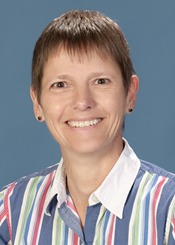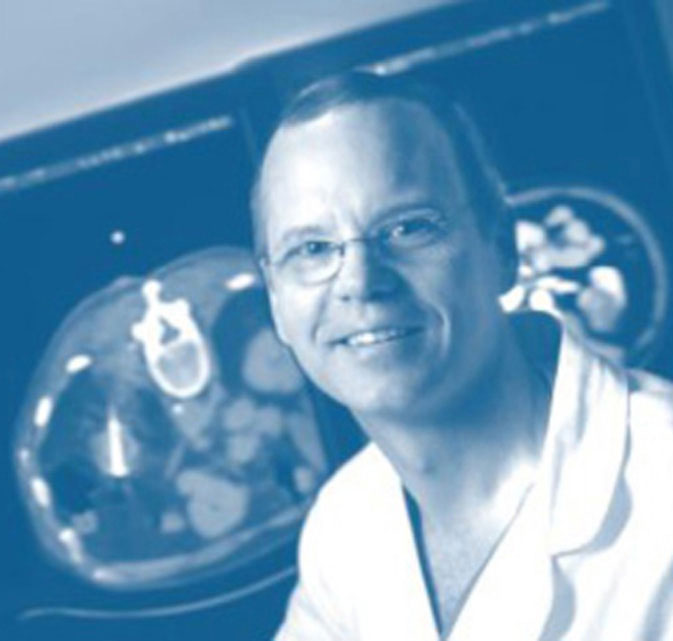Program Information
Medical Physics 1.0 to 2.0: Introduction and Panel Discussion

E Samei
D Pfeiffer
E Samei
G Frey
E Krupinski
R Pizzutiello
P Carson
M Mahesh
N Hangiandreou
D Jordan
R Dixon
E Samei1*, D Pfeiffer2*, G Frey3*, E Krupinski4*, R Pizzutiello5*, P Carson6*, M Mahesh7*, N Hangiandreou8*, D Jordan9*, R Dixon10*, (1) Duke University Medical Center, Durham, NC, (2) Boulder Community Hospital, Boulder, CO, (3) The American Board of Radiology, Charleston, SC, (4) Univ Arizona, Tucson, AZ, (5) Upstate Medical Physics, Victor, NY, (6) The University of Michigan Health System, Ann Arbor, MI, (7) Johns Hopkins Univ, Baltimore, MD, (8) Mayo Clinic, Rochester, MN, (9) University Hospitals Case Medical Center, Cleveland, OH, (10) University of North Carolina, Chapel Hill, NC
Presentations
TU-C-18C-1 Tuesday 10:15AM - 12:15PM Room: 18CMedical Physics 2.0, a new frontier in clinical imaging physics: Diagnostic imaging has always been a technological highlight of modern medicine. Imaging systems, with their ever-expanding advancement in terms of technology and application, increasingly require skilled expertise to understand the delicacy of their operation, monitor their performance, design their effective use, and ensure their overall quality and safety, scientifically and in quantitative terms. Physicists can play a crucial role in that process. But that role has largely remained a severely untapped resource. Many imaging centers fail to appreciate this potential, with medical physics groups either nonexistent or highly understaffed and their services poorly integrated into the patient care process. As a field, we have yet to define and enact how the clinical physicist can engage as an active, effective, and integral member of the clinical team, and how the services that she/he provides can be financially accounted for. Physicists do and will always contribute to research and development. However, their indispensible contribution to clinical imaging operations is something that has not been adequately established. That, in conjunction with new realities of healthcare practice, indicates a growing need to establish an updated approach to clinical medical imaging physics. This presentation aims to describe a vision as how clinical imaging physics can expand beyond traditional insular models of inspection and acceptance testing, oriented toward compliance, towards team-based models of operational engagement addressing topics such as new non-classical challenges of new technologies, quantitative imaging, and operational optimization. The Medical Physics 2.0 paradigm extends clinical medical physics from isolated characterization of inherent properties of the equipment to effective use of the equipment and to retrospective evaluation of clinical performance. This is an existential transition of the field that speaks to the new paradigms of value-based and evidence-based medicine, comparative effectiveness, and meaningful use. The panel discussion that follows includes prominent practitioners, thinkers, and leaders that would lead the discussion on how Medical Physics 2.0 can be actualized. Topics of discussion will include the administrative, financial, regulatory, and accreditation requirements of the new paradigm, effective models of practice, and the steps that we need to take to make MP 2.0 a reality.
Learning Objectives:
1. To understand the new paradigm of clinical medical physics practice extending from traditional insular models of compliance towards team-based models of operational engagement.
2. To understand how clinical physics can most effectively contribute to clinical care.
3. To understand the role of physics in quantitative imaging, operational optimization, and value-based practice.
4. To recognize the impediments to Medical Physics 2.0 paradigm.
Handouts
- 90-25374-334462-108386.pdf (E Krupinski)
- 90-25376-334462-102838.pdf (P Carson)
- 90-25377-334462-103097.pdf (M Mahesh)
- 90-25587-334462-103243.pdf (E Samei)
- 90-25643-334462-108585.pdf (R Dixon)
Contact Email:







